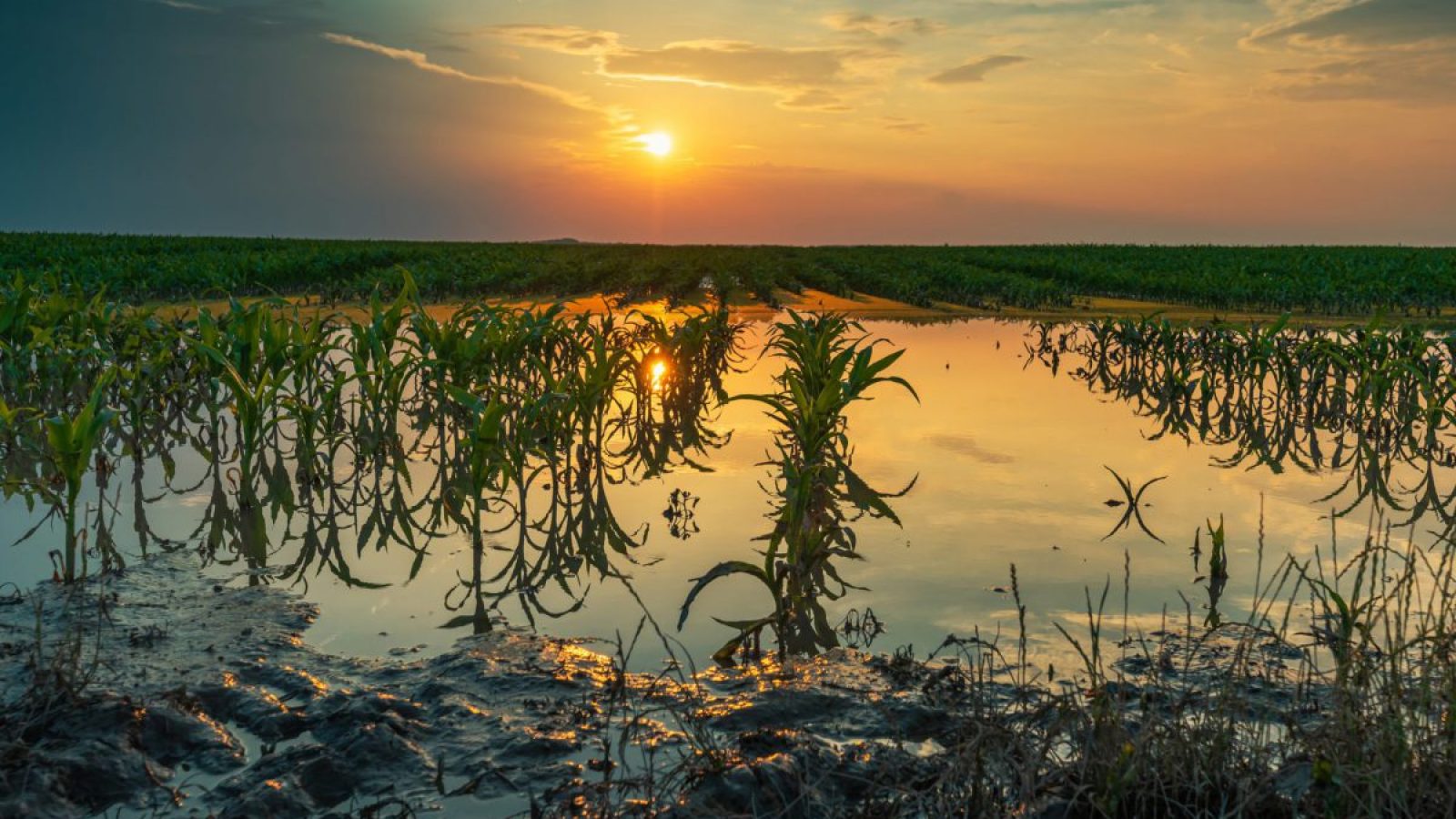By Eliot Clay, IEC
During the early part of the 1930s the United States witnessed one of the worst man-made environmental disasters that human beings had ever seen. The Dust Bowl was a stark reminder to farmers that their land management practices had a direct impact on the ecosystem they needed in order to make a living. Tilling methods, market demand for wheat, and a long period of drought led to the decimation of entire communities throughout Oklahoma, Texas, New Mexico, Colorado and Kansas, punctuated by famine, death and a mass migration of displaced people which further added to the stress on our country as we grappled with the pervasive effects of the Great Depression.
American farmers came to a realization that they needed to evolve in order to prevent such a disaster from occurring again. They changed the way in which soil was being tilled to help keep it in place. They began diversifying the types of crops they grew to give them better economic assurances and improve soil quality. Overall, farmers understood that the livelihood of their families and their neighbors was important enough to them that they accepted changes they wouldn’t have considered before.
Now in 2019, we are at the precipice of another major disaster. Flooding in the midwest has led to a massive delay in planting, and farmers are facing a dilemma very similar to what we saw 90 years ago. It is time that we decide whether we continue to use the same practices which brought us here, or if we change our methods to stop our environment from becoming even more damaged. In the advent of climate change we have learned that human beings are contributing so many pollutants to our air and water that the earth is beginning to respond. Major flooding events will become much more prevalent, air quality will decline, and the land we depend on will begin rejecting us. This summer we will likely see the largest “dead zone” in the Gulf of Mexico that has ever been witnessed, as flood waters from Mississippi River states dump unprecedented amounts of nutrients, pesticides and carbon into the ocean. The economic impact alone of this year’s floods will cost us billions of dollars in damages and will likely be one of the worst years for farm commodities in the last two decades.
In Illinois, we have begun to address the causes of increasing environmental instability. The Illinois Environmental Council stood with Governor Pritzker as he committed our state to reaching 100% clean energy, and our legislature has stated its resolve to reduce the pollution caused by agricultural production, an initiative that has been pushed very strongly by our organization. This is an acknowledgement that Illinois has been a major contributor to nutrient pollution, which is an important first step in correcting our actions moving forward. This has also advanced a conversation among the agricultural community that the status quo is not advancing the wellbeing of farmers; it is, in fact, hurting them.
It is time we look in the mirror and decide how we want to be remembered by future generations. We can either take responsibility for our actions by changing our methods, or we can continue down a path that is doomed to fail. Our country cannot withstand year after year of environmental disasters; the livelihood of our families and neighbors are too important to allow this policy stagnation to continue. Seeing sand bags being piled around towns to save them from the floods, the deployment of the Illinois National Guard and the burden on farmers ought to be sufficient for us to collectively say “Enough”. It is time we rise to the occasion and change our ways, lest we forget all that happened during those hard times 90 years ago.

